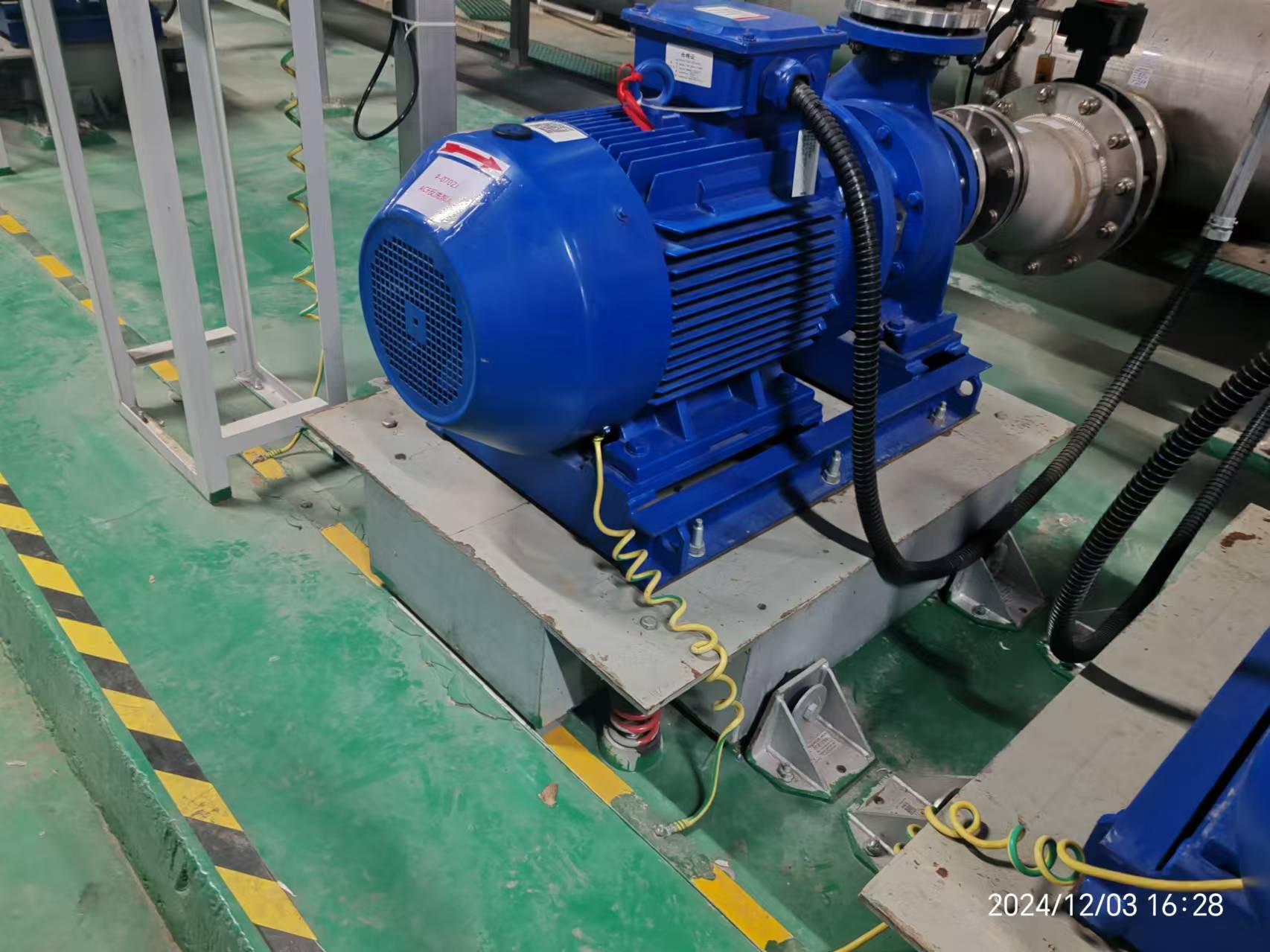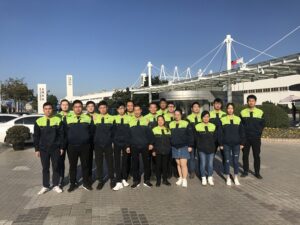Why Is Vibration Control Critical for Manufacturing Equipment?
Uncontrolled vibration ruins machines, slows production, and increases safety risks—unless you act fast.
Effective vibration control improves machine life, reduces downtime, and boosts productivity—essential for any modern manufacturing facility. That’s why more factories are investing in vibration isolators to reduce mechanical stress at the source.
Let’s explore why vibration control is not just important, but absolutely critical.
Why is vibration a hazard?
Vibration may seem minor, but it causes major damage over time. Left unchecked, it leads to structural fatigue, equipment failure, and safety hazards for operators.
In manufacturing, excessive vibration accelerates wear and tear on components, loosens fasteners, distorts precision machines, and even causes unplanned shutdowns.
Repeated vibrations can create invisible cracks in metal structures and moving parts, compromising the long-term integrity of production systems. It can also lead to noise pollution and increase the likelihood of human errors. Therefore, early-stage vibration condition monitoring is essential for ensuring machine health.
Which equipment has high risk of vibration?
Rotating and reciprocating equipment face the highest vibration risks. This includes motors, compressors, fans, generators, pumps, and even vibration conveyors.
These machines naturally produce oscillations during operation, and without proper isolation, these vibrations intensify and propagate through the facility.
Vibration analysis of rotating equipment helps identify unbalanced loads, misalignments, or bearing defects early. High-speed machinery and heavy-duty systems in industries like metal stamping or textile production require constant attention and often demand customized vibration isolators to remain stable.
What are the effects of vibration in machines?
Vibration shortens equipment life, lowers output quality, and raises maintenance costs. It also affects calibration and causes operator discomfort or even injury.
Over time, vibration reduces machine reliability and increases downtime, directly impacting production schedules and operating costs.
Using machinery vibration analysis and vibration analysis equipment, technicians can track changes in frequency and amplitude to predict failures before they occur. Proactive analysis saves both repair costs and reputational damage due to delayed deliveries or product defects.
What are the hazards of vibration in industry?
Industrial vibration can harm both equipment and human workers. Risks include hand-arm vibration syndrome (HAVS), hearing loss, and mechanical failure.
Long-term exposure to vibration causes health issues and may trigger lawsuits or insurance claims against your facility.
Workers using handheld vibrating tools or operating near heavy machinery need to be protected under strict safety guidelines. Meanwhile, machines suffering from constant vibration face issues like component misalignment, overheating, and reduced precision—making vibration control systems an investment rather than an expense.
What are the control measures of vibration?
Common control methods include vibration isolators (like rubber mounts and spring dampers), damping pads, foundation redesign, and real-time condition monitoring systems.
Advanced options include using vibration analysis equipment to guide preventive maintenance and isolate root causes early.
At Songjiangflex, we specialize in rubber isolators and custom-engineered vibration absorbers. These are effective in reducing both vertical and horizontal vibration, especially for sensitive installations like generator sets and compressors. For optimal results, we combine mechanical isolation with continuous vibration condition monitoring for predictive maintenance.
What is the control of vibration at work regulations?
Many countries enforce workplace vibration laws—like the EU’s Control of Vibration at Work Regulations 2005—to protect employee health and promote safe environments.
Companies are required to assess vibration exposure and implement necessary control measures.
Regulations typically set action and limit values for daily exposure to hand-arm and whole-body vibration. Employers must document risk assessments, introduce protective equipment, and train employees. Using certified vibration isolators and analysis tools helps maintain compliance while safeguarding both machinery and staff.
What is vibration in simple words?
Vibration is the repeated movement or shaking of an object around a central point. It can be fast or slow, visible or invisible, and always involves energy transfer.
In manufacturing, vibration often results from motion in motors, pulleys, or moving parts.
Though it seems simple, vibration can signal deeper issues like imbalance, wear, or misalignment. That’s why we recommend using vibration condition monitoring and vibration analysis of rotating equipment to catch these problems early. With accurate diagnostics, you can reduce repair costs and increase equipment uptime.
Summary
Controlling vibration is essential to protect machines, improve safety, and maintain productivity in manufacturing.






